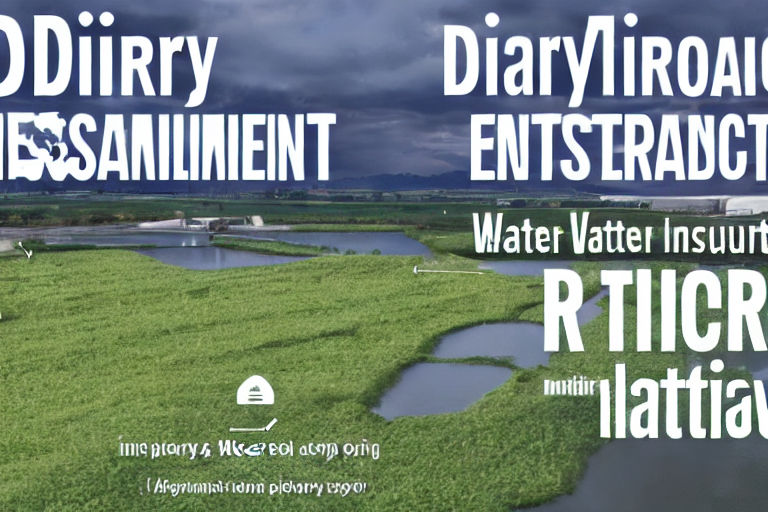The Environmental Impact of Dairy Industry: What You Need to Know
Dairy products are a staple in many people's diets, but what impact does the dairy industry have on the environment? Here are some important facts you need to know.
Water Usage
According to the Water Footprint Network, it takes 1,020 gallons of water to produce one gallon of milk. This means that dairy production is a significant user of freshwater resources. If you're concerned about water conservation, reducing your dairy consumption could be a good way to make a difference.
Greenhouse Gas Emissions
Cows produce methane, a greenhouse gas that contributes to climate change. In fact, the dairy industry is responsible for a significant amount of global greenhouse gas emissions. If you're looking to reduce your carbon footprint, cutting back on dairy products could be an effective tactic.
Land Use
Raising cows for dairy production requires a significant amount of land. This can lead to deforestation and destruction of natural habitats. Additionally, the manure produced by cows can pollute nearby waterways and harm wildlife.
Alternatives
Fortunately, there are many alternatives to traditional dairy products. Plant-based milks, such as almond, coconut, and soy milk, are widely available and are generally better for the environment. Additionally, there are many dairy-free options for cheese and other dairy products.
Conclusion
While dairy products are a delicious and nutritious addition to many diets, they do come with a significant environmental impact. By being mindful of your dairy consumption and exploring alternative options, you can make a difference and help reduce your environmental footprint.



